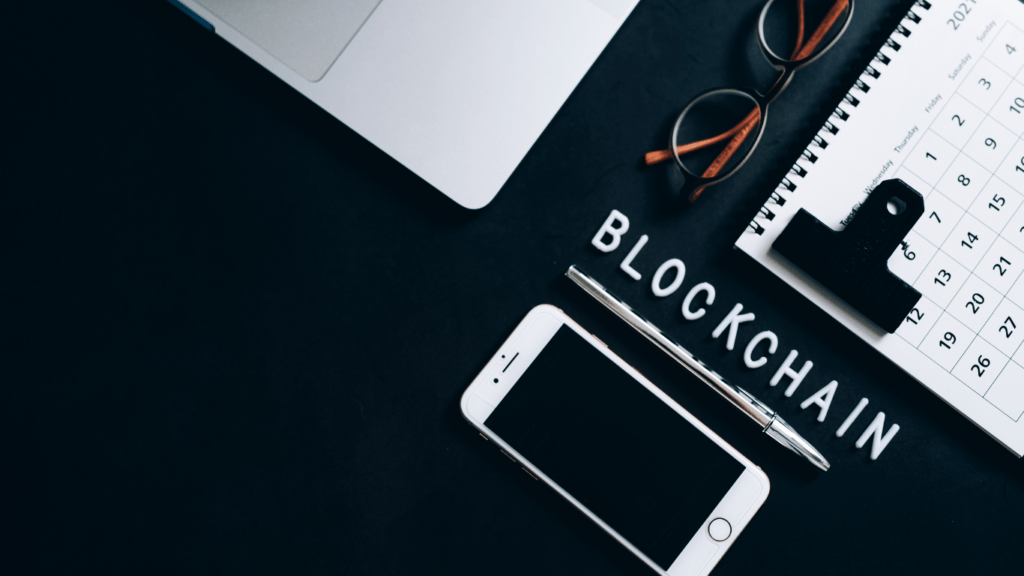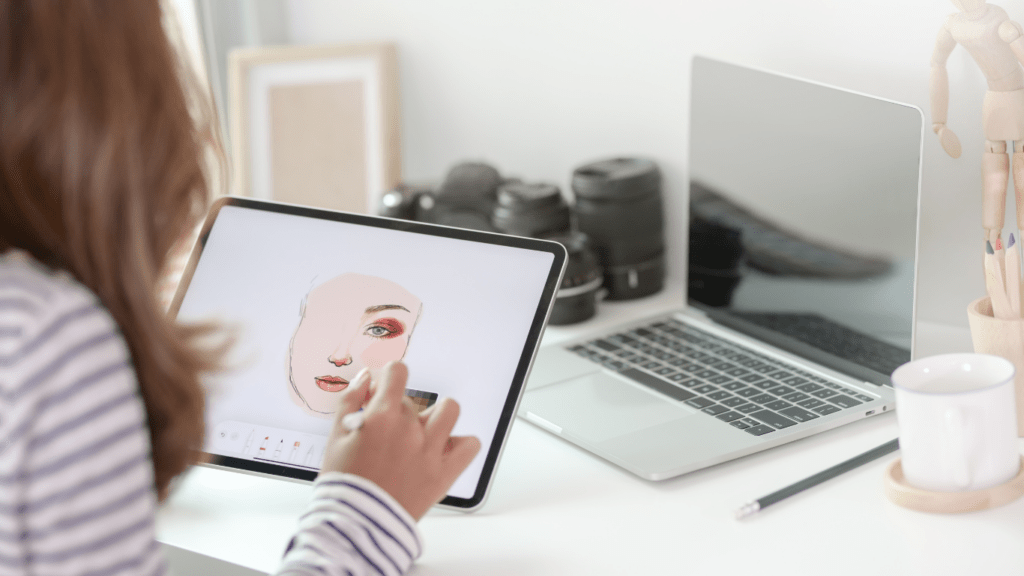The Rise of Digital Art
Digital art is reshaping the landscape of artistic expression. This form leverages technology to create, share, and consume art in ways never imagined before. It’s no longer confined to traditional mediums; instead, it uses digital tools like:
- tablets
- software
- virtual reality
Accessibility and Inclusivity
Digital art levels the playing field for artists globally. Many can now showcase their work online without the high costs of physical galleries. Platforms like Behance and Instagram offer artists exposure and networking opportunities. This democratization lets diverse voices be heard and appreciated.
Technological Integration
Tools like Adobe Photoshop and Procreate have become essential. These programs offer endless possibilities for creativity, enabling artists to explore new techniques. Virtual and augmented reality introduce immersive experiences. Viewers can engage deeply with artworks in virtual galleries or interactive displays.
Monetization and Blockchain
Blockchain technology ensures artwork authenticity and ownership. Non-fungible tokens (NFTs) have gained popularity, allowing artists to monetize digital creations uniquely. Each NFT represents a unique piece, verified by the blockchain, ensuring originality and ownership.
Environmental Impact
Digital art is environmentally friendly. It reduces the need for physical materials like paint and canvas, minimizing waste. Artists contribute to sustainability by creating and sharing work digitally, expanding their reach without increasing their carbon footprint.
Global Impact
Digital art connects artists and audiences worldwide. Online platforms enable cross-cultural exchanges and collaborations. Events like virtual exhibitions and online art fairs bring global communities together, fostering a richer, more diverse art scene.
Digital art’s rise symbolizes the merging of creativity and technology, creating limitless possibilities for artistic expression and engagement.
Key Trends in Digital Creativity
Staying updated on emerging digital trends is crucial for artists navigating the evolving landscape of digital creativity. Here are some key trends reshaping the future of art.
Augmented Reality (AR) and Virtual Reality (VR)
AR and VR have revolutionized how audiences experience art. AR overlays digital elements onto the physical world, enhancing real-world interactions. For instance, apps like ARtory enable users to view digital art overlaid on real-world canvases. VR, on the other hand, creates immersive 3D environments where users can explore virtual art galleries. Platforms such as Google’s Tilt Brush allow artists to paint in a 3D space, adding a new dimension to traditional painting techniques.
AI and Machine Learning in Art
AI and machine learning introduce innovative possibilities for art creation. Artists utilize algorithms to generate unique pieces, combining human creativity with computational power. AI-generated art like that from GANs (Generative Adversarial Networks) showcases new styles and perspectives. For example, Refik Anadol’s works integrate machine learning to transform datasets into mesmerizing visual experiences.
Digital Installations and Interactive Art
Digital installations and interactive art engage viewers in unprecedented ways. These art forms make use of sensors and software to respond to audience inputs, creating dynamic and participatory experiences. Christa Sommerer and Laurent Mignonneau’s installations, which react to viewers’ movements, exemplify this trend. Such engagements deepen audiences’ connections to the art, transforming them from passive observers to active participants.
The Impact of Blockchain Technology

Blockchain technology is reshaping the art world by enhancing security and transparency. Its applications offer artists new ways to authenticate and monetize their work in the digital era.
NFTs and the Art Market
NFTs, or Non-Fungible Tokens, have revolutionized the art market. Digital artists now tokenize their creations, making them unique and verifiable through blockchain. Marketplaces like OpenSea and Rarible allow artists to sell these NFTs globally. This new digital economy lets artists retain royalties on secondary sales, ensuring continuous income. Collectors benefit from knowing their acquisitions are genuine and scarce.
Digital Art Ownership and Provenance
Blockchain ensures clear ownership and provenance of digital art. Every transaction records on a decentralized ledger, providing a tamper-proof history of the artwork. This technology avoids issues of forgery and misattribution, which plague traditional art. Collectors gain confidence in their purchases, knowing the exact origin and hands through which a piece has passed. Digital artists benefit from increased trust and legitimacy, directly impacting their market value.
Social Media and Art Dissemination
Social media platforms play a critical role in spreading digital art. They offer artists numerous channels to showcase their work and reach global audiences.
Artists on Instagram and TikTok
Artists leverage Instagram and TikTok to gain visibility. Instagram allows creators to share high-resolution images and connect with followers through stories and live sessions. TikTok, with its short-form videos, lets artists demonstrate techniques, process videos, and final pieces in engaging ways. Art hashtags like #digitalart and #illustration help artists appear in relevant searches, maximizing exposure.
Online Art Communities and Platforms
Online art communities foster collaboration. Platforms like DeviantArt and ArtStation unite artists, providing spaces for sharing artwork, receiving feedback, and discovering trends. Behance offers professional networking, with portfolios that can attract freelance opportunities. Joining these platforms boosts an artist’s visibility and connects them with a supportive network.
Challenges and Opportunities
Digital creativity brings both challenges and opportunities. As artists navigate this evolving landscape, they encounter unique hurdles and benefits that shape their work and influence the broader art community.
Authenticity and Plagiarism
Ensuring authenticity in digital art can be challenging. The ease of copying digital files often results in plagiarism. Artists must use tools like blockchain to authenticate their work, ensuring originality and ownership. Platforms like Verisart offer blockchain-based certificates to protect intellectual property. By leveraging these tools, artists maintain their rights and safeguard their creations against unauthorized use.
Market Accessibility and Inclusion
Digital platforms democratize the art market. Artists from diverse backgrounds gain access to global audiences without relying on traditional gatekeepers. Websites like Etsy and Redbubble allow independent artists to sell their work directly. This increased accessibility fosters inclusion, giving underrepresented voices a platform to share their creativity and reach new markets. However, competition can be fierce, with many artists vying for attention in a crowded digital space. Building a strong personal brand and engaging with communities can help artists stand out.
Emerging Opportunities for Artists
- The digital age offers numerous new opportunities for artists.
- Virtual reality and augmented reality open new avenues for immersive art experiences.
- Artists can create interactive installations that engage audiences in novel ways.
- The rise of NFTs (non-fungible tokens) provides artists with new revenue streams.
- Platforms like OpenSea and Rarible enable artists to mint, sell, and trade their digital art as unique items.
This innovation empowers artists to monetize their work directly, fostering financial sustainability in their creative careers.





